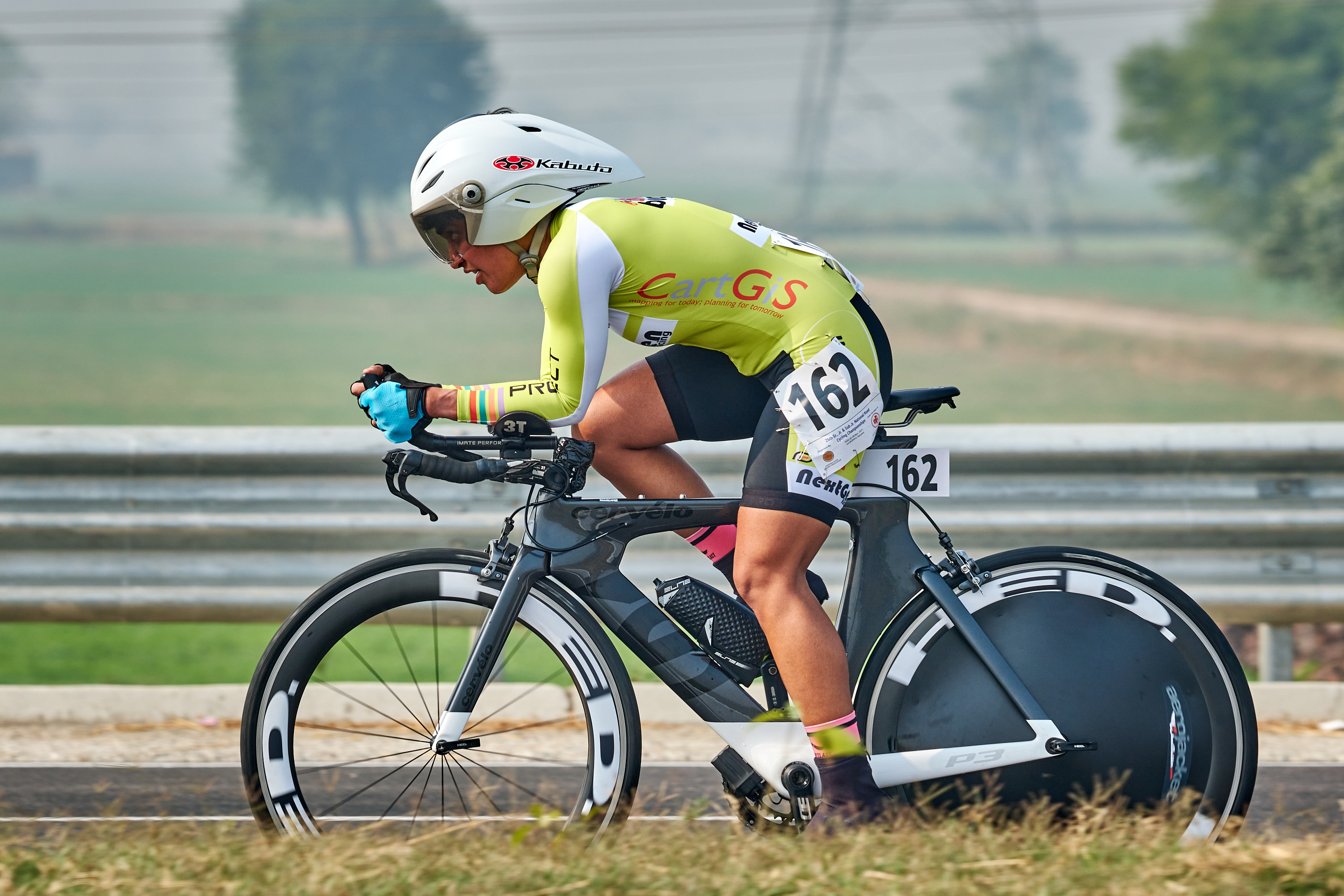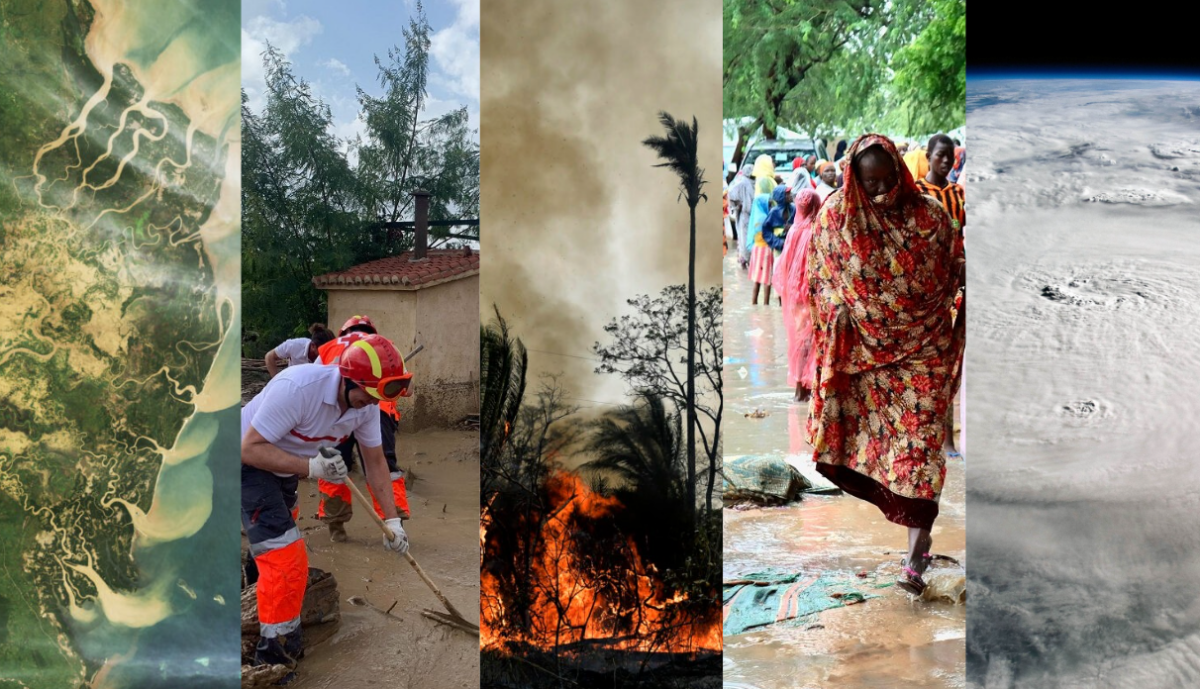Under Pressure: Olympic Athletes Compete Against Extreme Heat
Athletes face significant challenges due to extreme heat, with climate change threatening the sustainability of global sports. Rising temperatures and poor air quality impact athlete performance and safety, underscoring the urgent need for climate action to protect the future of sporting events.
By Ojas Khurana / Jun 26, 2024

A 2000-year-old tradition, the Olympics bring together 10,500 athletes from around the globe, showcasing the power of sports to transcend borders and cultures; but this is all changing now, with our rapidly changing environment. Climate change is emerging as a significant threat to global sports, with far-reaching consequences that affect athletes, sporting events, and the communities that support them according to the recently released Rings of Fire report. The impacts of rising temperatures, extreme weather events, and deteriorating air quality are already being felt across various levels of sports, from grassroots to elite competitions. These challenges are not only hindering performances but also raising fundamental questions about the sustainability of sports in a rapidly changing climate. Globally, the situation is alarming, with 20% of olympic nations at high risk of disappearing due to climate impacts. As the ice melts, a report by the Rapid Transition Alliance highlights that half of the cities that have previously hosted the Winter Olympic and Paralympic Games may be unable to do so by 2050 due to the impact of global warming. The recently released Rings of Fire report shows how athletes face significant challenges from extreme heat and pollution, with data and experiences of athletes around the world. The average temperature in Paris has risen by 3.1°C since 1924, the year of the last Olympics in France, indicating that the 2024 Paris Olympics could be significantly impacted.
How does heat impact an athlete?
For Indian athletes, competing in hot conditions might come more naturally. However, long-distance and endurance events pose significant challenges since extreme weather is dangerous regardless of preparation or even familiarity. Pragnya Mohan, India's highest-ranking triathlete, shared her experiences of training and competing in extreme heat in the recent Rings of Fire report. She emphasized that severe dehydration can lead to cramps, impaired decision-making, and even fatal consequences if athletes are not adequately acclimatized. Training in India’s tropical climate often requires completing outdoor sessions by 8 am and resorting to indoor training thereafter.
High-Pressure High Temperature
This year temperatures in north India soared to almost 50 degrees Celsius (122 degrees Fahrenheit) in one of the longest heatwave spells recorded. These rapidly increasing temperatures in India have had a big impact on the performance of athletes. Even last year, the oppressive heat and humidity made it feel like 51 degrees, creating an environment far from conducive for high-level sporting events. At the Inter-state Senior Athletics Nationals in 2023, which also served as a selection trial for the Asian Games, athletes struggled to perform under such extreme conditions. The effects of such extreme weather were evident in performance metrics. For instance, Parul Choudhury, who ran her personal best in the 3000m Steeplechase during the Los Angeles Grand Prix with a time of 9:29.51, could only manage 9:34.23 on a hot and humid day in India. This trend of dwindling performances underlines the high-risk sports face from climate change and has been echoing all around the world.
Socio-Economic Realities of Athletes
Socio-economic challenges further complicate the situation in the Indian context. Many athletes from historically marginalized communities are struggling to continue their sporting careers due to the combined effects of climate change and financial hardship. In Maharashtra’s Kolhapur district, for example, young Taekwondo athletes are forced to abandon their dreams due to the inability to source enough food and financial support, exacerbated by climate-induced agricultural challenges. The intersection of climate vulnerability and socio-economic factors influences sports by posing hurdles that must be addressed to support the next generation of athletes.
Addressing the Olympic challenge
With India's aspiration to host the 2036 Olympics, addressing these challenges is imperative. Extreme heat events are only set to intensify without concerted action and rapid reduction in fossil fuel emissions.
This trajectory poses risks not just for athletes but for spectators, broadcasters, volunteers, support staff, and construction workers. Sports, a powerful unifier across India's vast diversity, can play a crucial role in mobilizing climate action. Athletes, revered as role models, have the ability to inspire communities to adopt sustainable behaviors and advocate for climate action. By equipping them with knowledge about climate impacts and sustainable practices, they can lead the way in creating a more sustainable future for sports and beyond.
Olympics Paris Extreme Heat Heatwave

